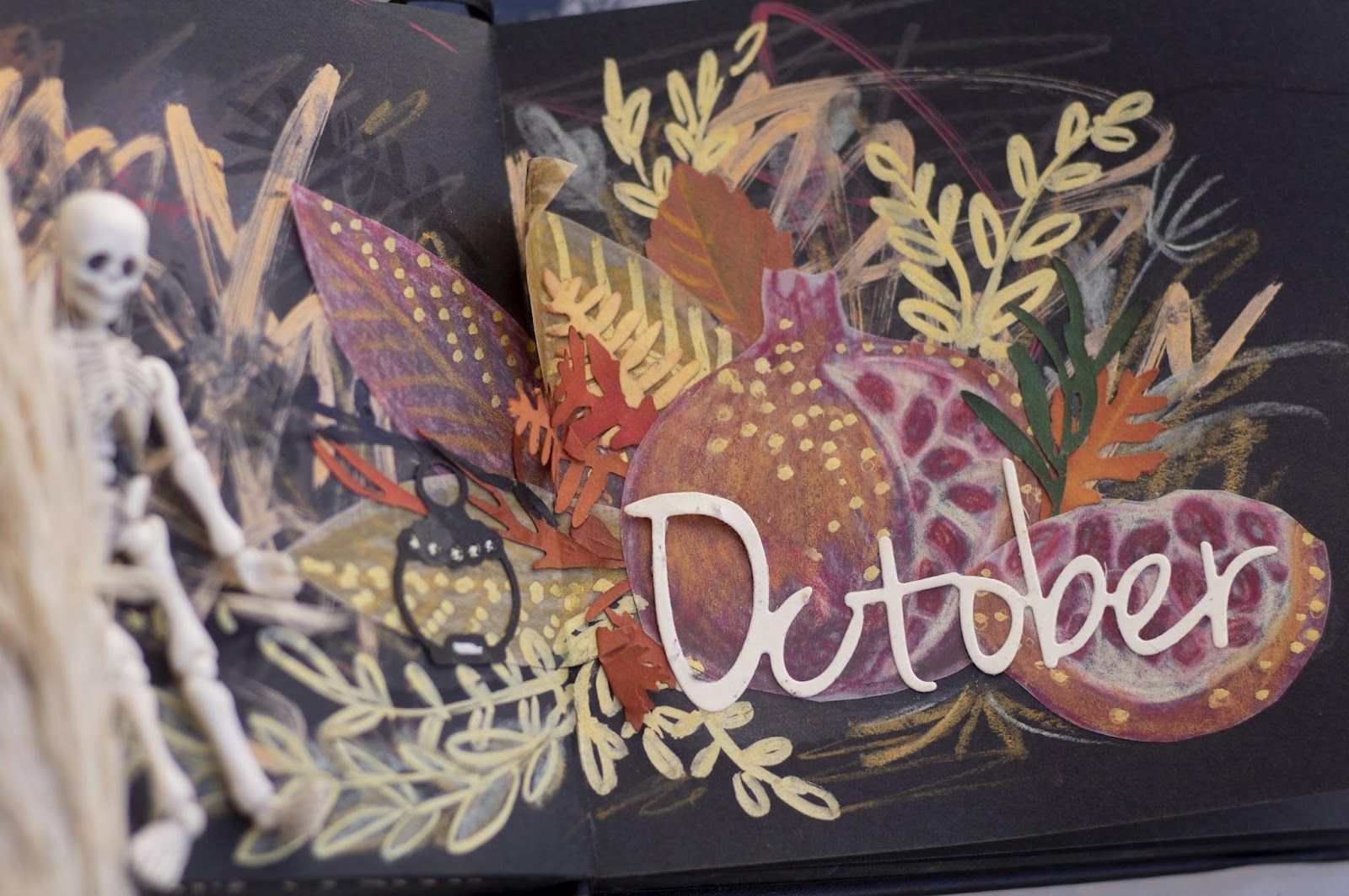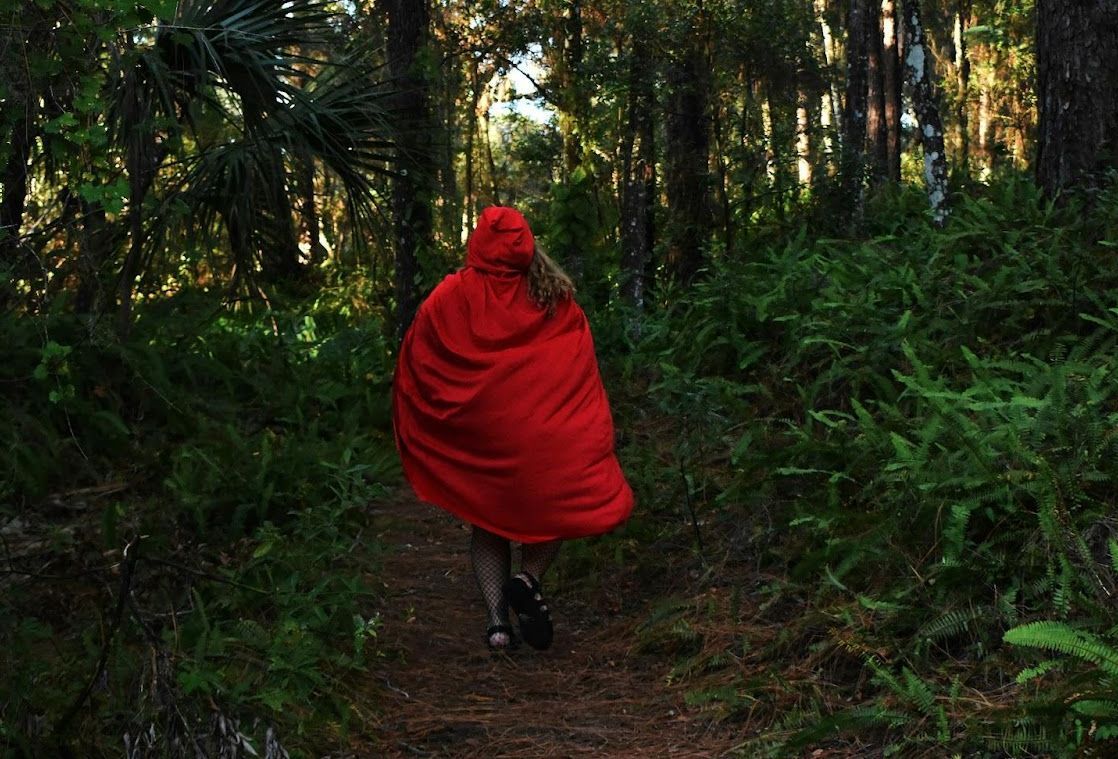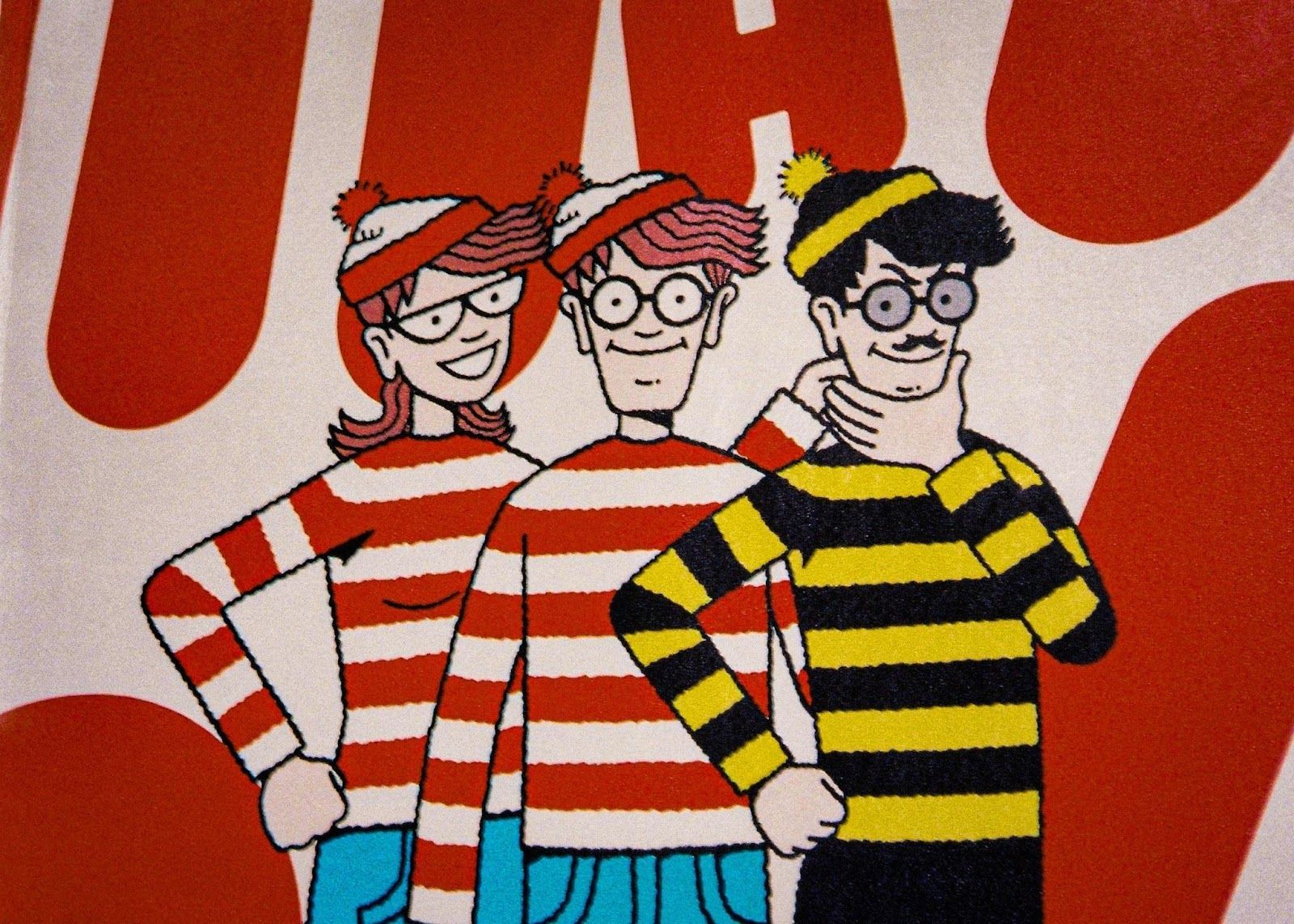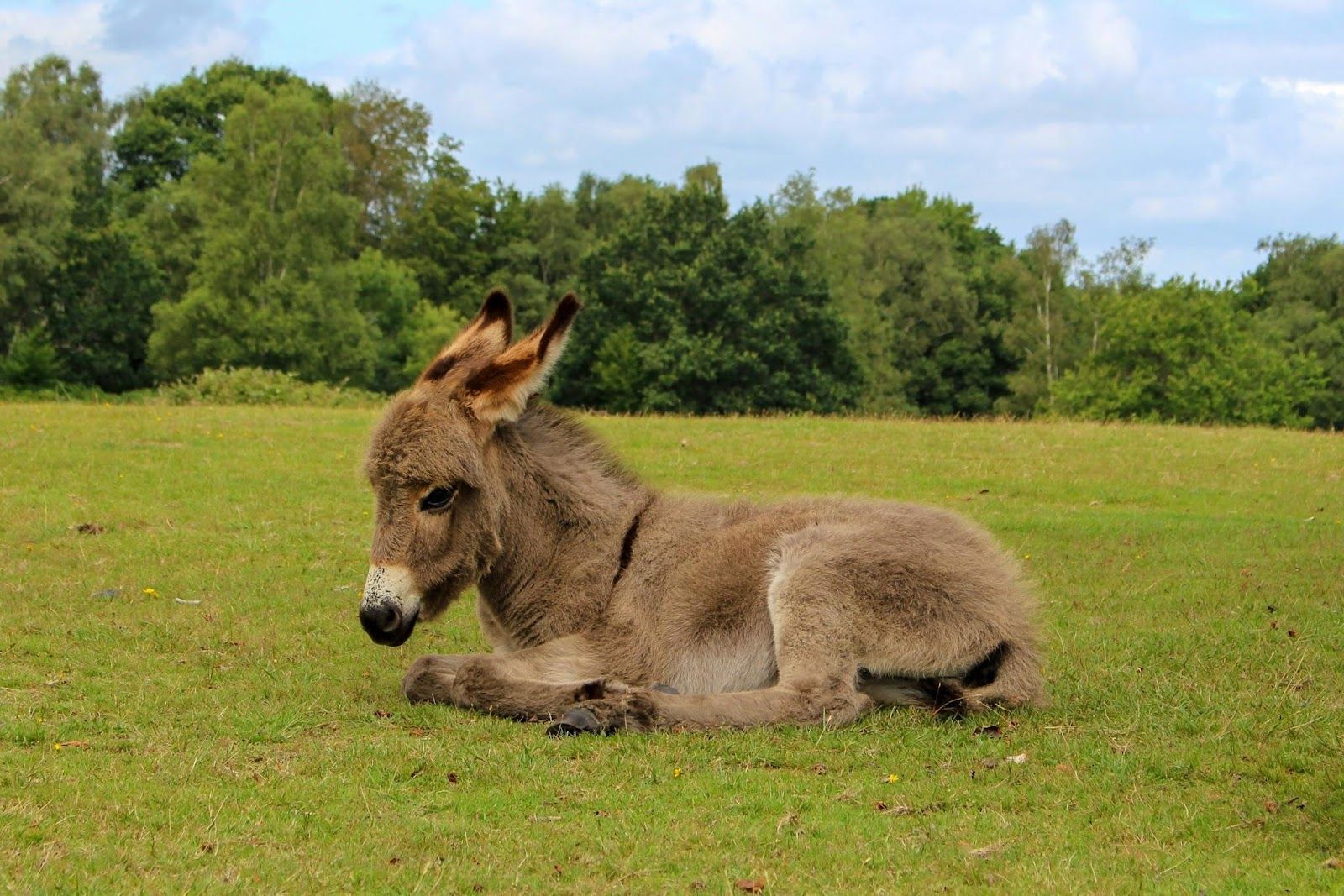Did you know any of these?
What does “February” really mean? Learn the origin of each month’s name
Published on October 14, 2025
 Credit: Towfiqu barbhuiya
Credit: Towfiqu barbhuiya
We take for granted most of the things that existed before us, and month names fit this category. But these twelve names have stories. Some are rooted in ancient gods, others in numbers that don’t quite add up anymore, or historical figures. Read on and find out what is behind the name of each one!
January
 Credit: Glen Carrie
Credit: Glen Carrie
January is named after Janus, the Roman god of beginnings, endings, and doorways. He’s often shown with two faces: one looking to the past, the other to the future.
Interestingly, it was the last month added to the early Roman calendar, which originally started in March and only had ten months.
February
 Credit: Elena Mozhvilo
Credit: Elena Mozhvilo
February is named after Februa, an ancient Roman festival of purification held around the 15th. The name comes from the Latin word meaning "to cleanse."
It was once the last month of the year, making its theme of renewal especially fitting, much like modern New Year’s resolutions, it marked a time to let go of the old and prepare for the new.
March
 Credit: Waldemar
Credit: Waldemar
March is named after Mars, the Roman god of war. In early Rome, it marked the return of weather suitable for military campaigns.
Before calendar reforms added January and February, March was the first month of the year.
April
 Credit: sq lim
Credit: sq lim
There are different versions regarding the origin of this month’s name. According to the first one, April probably comes from aperire, Latin for "to open," referring to flowers blooming in spring. The Romans called it Aprilis.
Other versions point out that the name links to Aphrodite, the Greek goddess of love. And a third version says that it comes from a word meaning "second," since April was once the year’s second month.
May
 Credit: Glen Carrie
Credit: Glen Carrie
May is named after Maia, a Roman goddess linked to growth and fertility. She was honored in spring, a season of renewal.
The name likely reflects nature’s blooming during this time, as a tribute to a goddess of life and abundance.
June
 Credit: Glen Carrie
Credit: Glen Carrie
June is named after Juno, the Roman goddess of marriage and queen of the gods. She was also the wife of Jupiter.
As the protector of women and family life, Juno’s influence made June a popular time for weddings, a tradition that continues today.
July
 Credit: Glen Carrie
Credit: Glen Carrie
The first month not named after a god, July was originally called Quintilis, meaning "fifth," since it was the fifth month in the old Roman calendar.
It was later renamed to honor Julius Caesar, who was born in this month. July was the first month named after a real person instead of a deity.
August
 Credit: Marcel Eberle
Credit: Marcel Eberle
August is named after Augustus Caesar, the first emperor of Rome and Julius Caesar’s nephew. It was once called Sextilis, meaning "sixth." Like July, it was given 31 days to honor its namesake.
September
 Credit: Debby Hudson
Credit: Debby Hudson
September comes from septem, Latin for "seven," since it was the seventh month in the old Roman calendar starting in March.
When January and February were added, September shifted to the ninth month, but its name stayed the same.
October
 Credit: Elena Mozhvilo
Credit: Elena Mozhvilo
In a similar case to September, October gets its name from octo, Latin for "eight," as it was the eighth month in the early Roman calendar.
When January and February were added, October became the tenth month, but the name didn’t change.
November
 Credit: Nelly Antoniadou
Credit: Nelly Antoniadou
If you are starting to notice a pattern in these last months, you are right. November comes from novem, Latin for "nine," since it was the ninth month in the original ten-month Roman calendar.
Even after January and February were added, shifting November to the eleventh spot, its name stayed the same.
December
 Credit: Kelly Sikkema
Credit: Kelly Sikkema
The last month of our calendar year shares the same logic as the previous three. December is named after decem, Latin for "ten," as it was the tenth month in the old Roman calendar that started in March.












